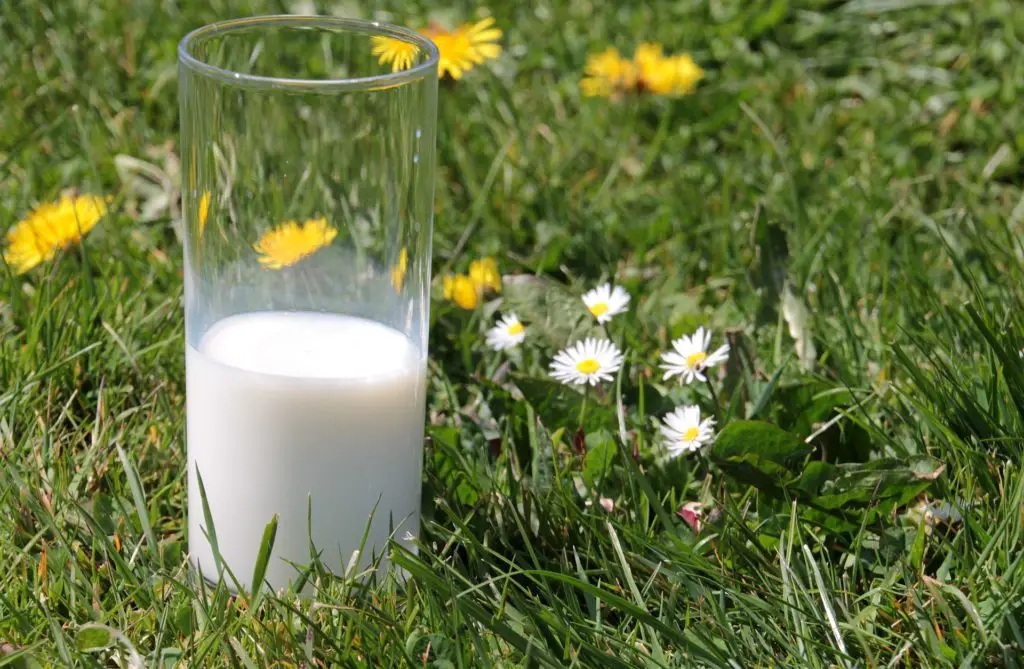You have probably tirelessly heard that milk does a body good. It contains substantial protein, calcium, and supplies many additional benefits. But what about vitamin D? Does milk have vitamin D?
Vitamin D is responsible for assisting with the absorption of calcium and phosphorus in the body. It aids in supporting teeth and bone health. Additionally. it helps support the health of the lungs, cardiovascular system, immune system, brain and nervous system. Vitamin D is also believed to contain anti-cancer properties.
Vitamin D is uncommonly found in foods, however, natural sunlight exposure is the main method for obtaining the vitamin. The ultraviolet rays that hit our skin spark a reaction in the skin cells that produce vitamin D. There is no need for vitamin D supplementation if you are receiving enough sunlight. However, this not always easy if you live in a northern area where the several months of winter do not provide adequate ultraviolet rays for natural vitamin D production.
Fortunately for milk lovers, most milk products contain vitamin D. However, the natural vitamin D that is in milk is typically minimal. Most milk has had additional vitamin D added (fortified) during manufacturing. You will consume approximately 25 percent of the daily recommendation of vitamin D by drinking a cup of milk that has been fortified. Note that the milk ingredients will reflect vitamin D (vitamin D3) as an ingredient if the milk has been fortified.
Milk fortification began in the 1930’s as a way to prevent bone softening (rickets) in children who were not exposed to sufficient sunlight for natural vitamin D production. The fortification of milk played a big role in curbing the incidents of rickets [source]. In the modern day United States, the government does not mandate fortification of traditional cow’s milk with vitamin D. However, most manufacturers add the vitamin anyway.
Other sources of vitamin D are fish liver oils, mushrooms, cheese, salmon, tuna, and other fatty fish, yolk of egg, and beef liver. Click here for a comprehensive list of the vitamin D in several types of food.
What if you do not consume enough vitamin D? As we stated earlier, insufficient intake of vitamin D over a long period can result in weak bones (rickets). Additionally, it can cause the following:
- cardiovascular disease
- prostate cancer
- erectile dysfunction
- cognitive impairment and dementia
- stroke
How much vitamin D you need per day depends on your age or pregnancy/breastfeeding status. The National Institutes of Health recommends the following quantities of vitamin D per day. For reference, there are about 98 IU in a cup of milk.
| Life Stage | Recommended Amount |
|---|---|
| Up to 12 months | 400 IU |
| 1-13 years | 600 IU |
| 14-18 years | 600 IU |
| 19-70 years | 600 IU |
| 71 and older | 800 IU |
| Pregnant and breastfeeding | 600 IU |

